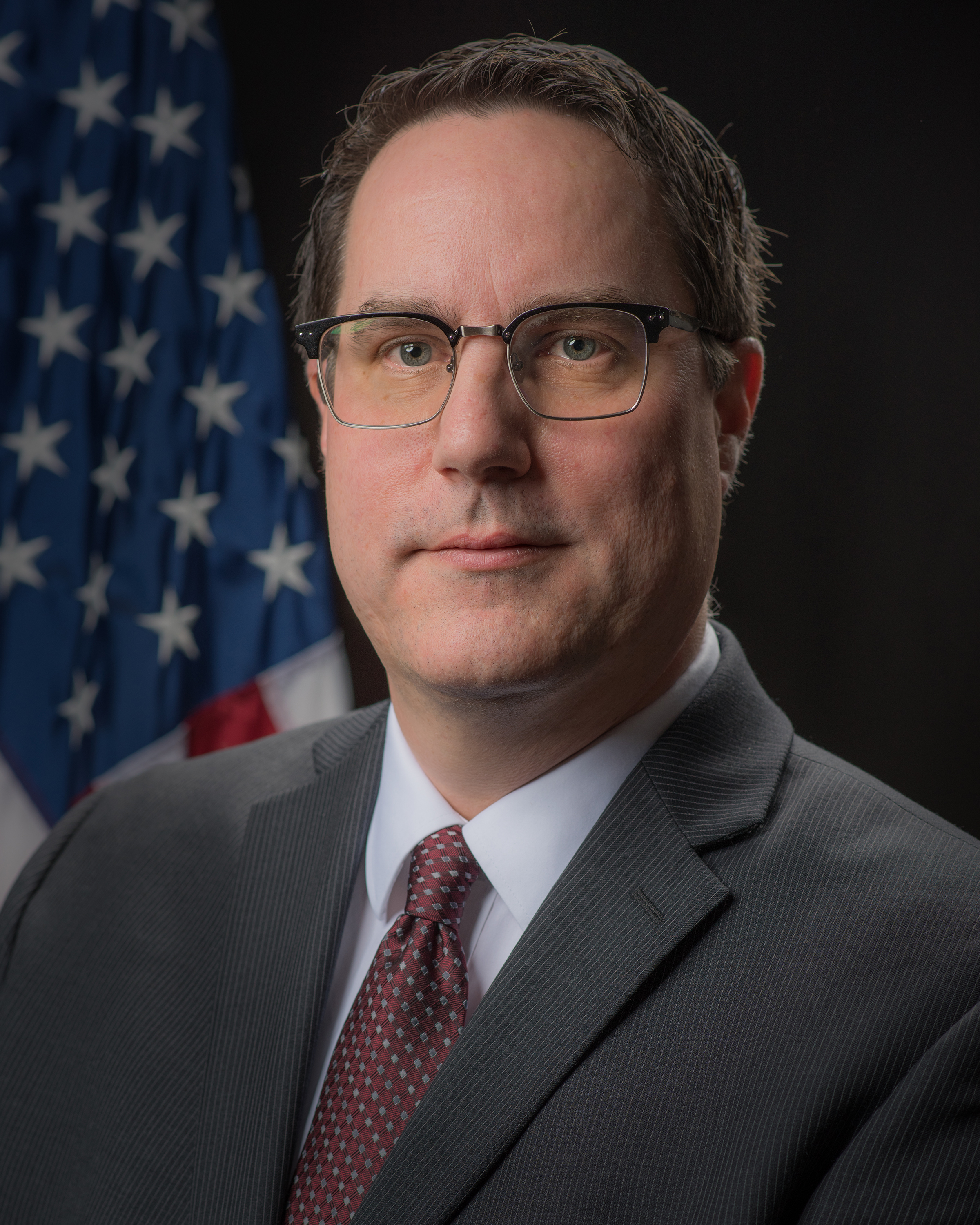KFB Candid Conversation: EPA's Dave Ross talks about new WOTUS rule
Posted on Apr 1, 2019KFB Candid Conversation presents a discussion about the topical issues facing the agricultural industry and rural communities in a question and answer format. In this column, Dave Ross, Assistant Administrator for EPA’s Office of Water, discusses the new Waters of the U.S. rule.
The subject of the Waters of the U.S. rule has been at the forefront of farm family concerns for quite some time now. What clarity does this new rule bring that the previous rule did not?

The proposal establishes six clear categories of waters that are jurisdictional; traditional navigable waters (TNWs), tributaries to TNWs, certain ditches, certain lakes and ponds, impoundments of jurisdictional waters, and adjacent wetlands. All other waters and features not meeting one of these six categories are out under the proposal.
Previous rules and guidance, on the other hand, rely on versions of the “significant nexus” test to determine Clean Water Act jurisdiction for countless wetlands, ponds, and streams. The test has generated substantial uncertainty for the regulated public, and the proposed rule does away with it.
According to the “significant nexus” test, a water is jurisdictional if it significantly affects the chemical, physical, and/or biological integrity of a downstream traditional navigable water. To determine if a water possesses a significant nexus, the federal government must perform a case-specific analysis of a waterbody. Meanwhile, the landowner is left in the dark regarding the jurisdictional status of a waterbody on his/her property until the test is performed.
To provide additional clarity to the nation’s farmers, the proposal continues to exclude “prior converted cropland,” and for the first time defines the term for Clean Water Act purposes. Similarly, the proposal more clearly defines which ditches are in, such as ditches constructed in a tributary, and which ditches are out, such as most roadside and farm ditches.
Often the agriculture industry has been on the negative side of discussions when it comes to the environment. What is your opinion when it comes to the environmental stewardship of the farming community?
There’s a reason that farmers are often referred to as the first environmentalists. The men and women who work the land have a vested interest in properly managing their natural resources – their crops, their livestock, and their livelihood depend on it. I see the agricultural community – and farmers in particular – as partners in the EPA’s efforts to protect human health and the environment.
Procedurally, what happens now that this new rule has been announced?
At this point, the rule is in the proposal stage and is available for a 60-day public comment period through April 15, 2019. The EPA and the Army have held a public webcast, a public hearing, and are continuing to hold meetings with states and tribes. Meanwhile, due to litigation surrounding the Obama Administration’s 2015 WOTUS Rule, the 1980s regulations and accompanying guidance are in place in 28 states, and the 2015 WOTUS Rule is in effect in the remaining 22 states. Kentucky is currently subject to the 1980s regulations and accompanying guidance. A map depicting which regulations apply in each state is available on the EPA’s website here: https://www.epa.gov/wotus-rule/definition-waters-united-states-rule-status-and-litigation-update
How important is it for the ag community to make comments on this new rule?
All are welcome to comment on the proposed rule. The EPA and the Army have requested comment on a variety of issues related to waters and features commonly found in agricultural landscapes, including the treatment of prior converted cropland, ditches, and irrigated lands. Farmers are key stakeholders when it comes to WOTUS, and we value the input of the agricultural community, and all stakeholders, as we develop this rule.
Will there be any modifications to the rule once comments are made?
At this time, the proposed rule has been published in the Federal Register and the public comment period is open until April 15, 2019. After the comment period closes, the EPA and the Army will take all comments into consideration, respond to those comments, and finalize a rule with changes made if and as necessary.
At the end of the day, what is the desired outcome of this rule as it relates to the ag community?
Ultimately, it is my goal that the EPA and the Army craft a rule that is clearer and easier to understand than previous regulations and that respects the limited powers that the executive branch has been given under the Constitution and the Clean Water Act to regulate navigable waters.
Comments